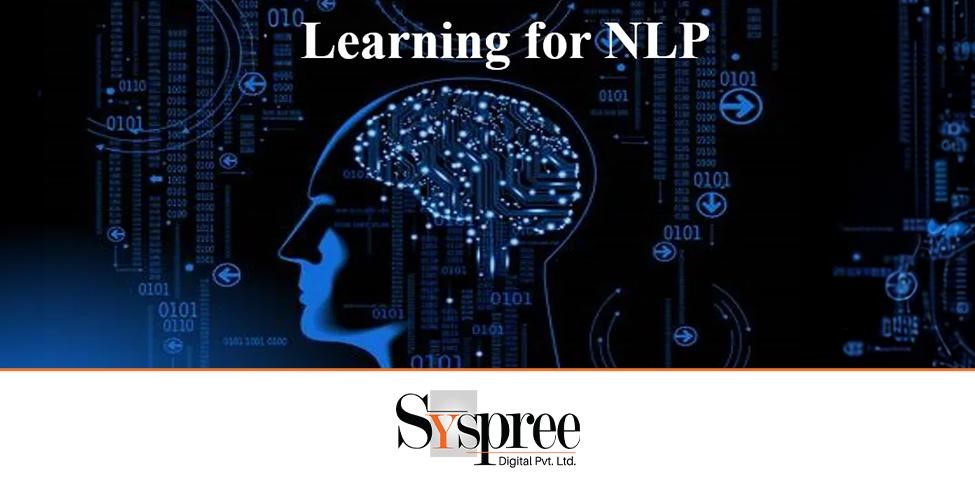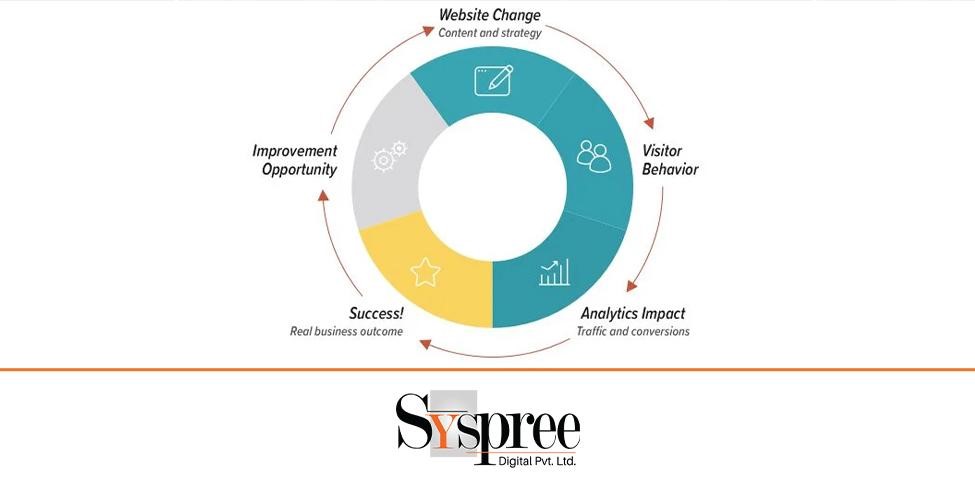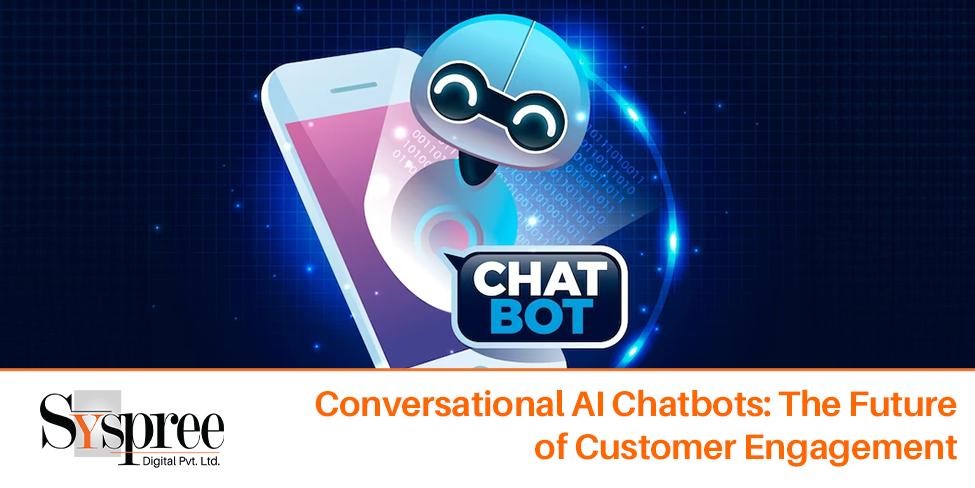AI chatbots, born out of artificial intelligence technology, signify a significant progression in reshaping the digital realm. These intelligent virtual agents are designed to imitate human-like conversations, transforming user interactions across various platforms. By smoothly embedding themselves into websites, messaging apps, and mobile devices, chatbots play a crucial role in enriching user experiences.
Highlight the Evolution of Chatbot Technology and its Integration into Various Industries
The development of chatbot technology has followed an impressive path from basic rule-based systems to advanced conversational agents. Initially limited to pre-programmed responses, chatbots have grown immensely, driven by natural language processing (NLP) advancements and machine learning algorithms. This growth has empowered chatbots to understand user intentions, adjust responses based on context, and even simulate emotional intelligence, fostering more meaningful engagements.
In various sectors, incorporating chatbots has introduced a new era of customer interaction and operational effectiveness. In e-commerce, AI chatbots enable personalized product suggestions, simplify the buying process, and offer immediate customer assistance. Similarly, chatbots aid users with account queries, transaction histories, and financial guidance in the banking and finance industry, enhancing traditional customer service avenues.
Furthermore, chatbots are being utilized in various industries, such as healthcare, education, hospitality, and more, to meet the needs of a wide range of users. Through providing 24/7 assistance, immediate replies, and personalized suggestions, chatbots improve user contentment and help lower operational expenses for companies.
Understanding Natural Language Processing (NLP)

AI Chatbots – Understanding Natural Language Processing (NLP)
The leading web design company in Mumbai says that Natural Language Processing (NLP) is a key component of artificial intelligence, facilitating machines’ understanding, interpretation, and generation of human language. NLP encompasses various techniques and algorithms to bridge the gap between human communication and computational understanding, ultimately transforming AI interactions.
Explaining the Concept of NLP and its Significance in AI-driven Interactions
The importance of NLP in AI chatbots cannot be emphasized enough. These intelligent virtual assistants rely on NLP to grasp user queries, extract pertinent information, and provide contextually relevant responses. Using NLP algorithms, chatbots can decode the intricacies of language, such as syntax, semantics, and pragmatics, leading to more natural and efficient communication with users.
Nevertheless, NLP presents various challenges due to human language’s intricate and ambiguous nature. One significant obstacle is the diversity and variability of linguistic expressions, including slang, dialects, and colloquialisms, which can perplex traditional NLP systems. Furthermore, NLP algorithms must navigate the complexities of context, as the interpretation of a word or phrase often hinges on the surrounding dialogue..
Discussing the Challenges and Advancements in NLP Algorithm
Despite the challenges, significant progress in NLP has driven the field forward, opening doors for more advanced and resilient AI chatbots. A notable breakthrough is the emergence of deep learning methods, including recurrent neural networks (RNNs) and transformer models, which excel in capturing sequential and long-range dependencies in text data. The experts from the leading web design company in Mumbai say these deep learning structures have greatly improved the performance of NLP systems, leading to more precise language comprehension and generation.
Moreover, the accessibility of extensive datasets and computational resources has spurred the creation of pre-trained language models like BERT (Bidirectional Encoder Representations from Transformers) and GPT (Generative Pre-trained Transformer), which can be customized for specific NLP tasks. These pre-trained models have made NLP research more accessible and accelerated advancements in sentiment analysis, named entity recognition, and machine translation.
Leveraging Machine Learning for Optimization
Utilizing machine learning for optimization presents a revolutionary approach to enhancing user experiences and maximizing the efficiency of digital platforms. By leveraging sophisticated algorithms, organizations can analyze large volumes of user data to personalize interactions and optimize various aspects of their websites or applications.
Exploring How Machine Learning Algorithms analyze user data to personalize interactions

AI Chatbots – Leveraging Machine Learning for Optimization
One important application of machine learning in optimization involves customizing user experiences. Machine learning algorithms can assess user behavior, preferences, and past data to personalize content, suggestions, and recommendations for each user. The leading website design company in Mumbai says by comprehending individual users’ unique interests and preferences, companies can provide highly relevant and captivating experiences, ultimately enhancing user satisfaction and boosting conversion rates.
For example, e-commerce platforms leverage machine learning algorithms to suggest products based on a user’s browsing history, purchasing habits, and demographic details. By analyzing user interactions in real time, these algorithms can forecast which products are most likely to interest each user, thereby increasing the chances of a successful transaction.
Another significant application of machine learning in optimization is enhancing website and app performance. By scrutinizing user interactions, machine learning algorithms can pinpoint trends and patterns influencing user engagement, such as page loading times, navigation routes, and conversion rates. With this knowledge, organizations can make informed decisions to optimize their websites or applications for improved performance and user experience.
Case Studies Demonstrating Successful Integration of Machine Learning for Site Optimization
Case studies offer convincing proof of the efficiency of machine learning in enhancing site optimization. An instance of this is when a prominent online retailer utilized machine learning algorithms to enhance its product recommendation system. Through the analysis of user behavior and purchase history, the retailer greatly improved the accuracy of its product recommendations, leading to a significant increase in sales and customer satisfaction.
Likewise, a social media platform utilized machine learning algorithms to refine its news feed algorithm. By examining user interactions and feedback, the platform could prioritize content that was most pertinent and captivating to individual users, resulting in heightened user engagement and retention.
The Synergy of AI Chatbots, NLP, and Machine Learning
The combination of AI chatbots, Natural Language Processing (NLP), and Machine Learning (ML) is a game-changer in user interactions, completely transforming how businesses engage with their customers online. The experts from the leading website design company in Mumbai say that these three technologies work together seamlessly to comprehend user intents, interpret natural language inputs, and provide relevant responses that enhance user experiences smoothly and intuitively.
Discussing the Interconnectedness of AI chatbots, NLP, and Machine Learning in Improving User Experiences.
NLP is at the core of this synergy, empowering AI chatbots to understand and process human language inputs. Through NLP algorithms, chatbots analyze user queries’ structure, meaning, and context, enabling them to extract valuable information and identify user intents. By harnessing the power of NLP, chatbots can grasp complex linguistic nuances, such as synonyms, colloquialisms, and grammatical variations, resulting in more accurate and contextually appropriate responses.
Machine Learning plays a crucial role in enhancing the capabilities of AI chatbots by allowing them to learn from data and continuously improve. ML algorithms analyze vast user interactions and feedback to uncover patterns, trends, and preferences. Chatbots can constantly learn from user data to refine their understanding of user intents, adapt to changing contexts, and deliver increasingly personalized and tailored responses.
Furthermore, ML algorithms power the recommendation engines behind AI chatbots, enabling them to suggest relevant products, services, or information based on user preferences and behavior. By leveraging historical data and user feedback, chatbots can anticipate user needs and proactively provide valuable recommendations, enhancing user satisfaction and driving engagement.
Enhancing User Experience
Additionally, machine learning algorithms drive the recommendation systems within artificial intelligence chatbots, allowing them to propose appropriate products, services, or information depending on user preferences and actions. Using past data and user input, chatbots can predict user requirements and offer beneficial suggestions in advance, ultimately improving user contentment and increasing interaction.
Highlighting the Benefits of Integrating AI Technologies for Users, such as Faster Responses, Personalized Recommendations, and Smoother Interactions
In addition, AI technologies make it possible to provide personalized recommendations specifically tailored to each user’s preferences and behaviour. Through the analysis of user data, machine learning algorithms can identify patterns and trends, allowing platforms to offer content, products, or services relevant to the individual’s interests. This level of personalization not only improves user satisfaction but also leads to increased engagement and conversion rates.
Moreover, the integration of AI enables chatbots to engage in natural conversations and adapt to users’ needs in real time. The leading web development company says whether it involves providing assistance, answering questions, or guiding users through a process, AI-driven chatbots offer seamless and intuitive interactions that closely resemble human conversation. As a result, the overall user experience is greatly enhanced.
Addressing Concerns Regarding Data Privacy and Ethical Considerations
However, it is important to acknowledge data privacy concerns and ethical issues despite the numerous benefits. AI technologies heavily rely on user data for personalization and optimization, which poses a risk of privacy infringement if sensitive information is mishandled or exploited. To ensure user privacy and trust, platforms should prioritize robust data protection measures, transparent data usage policies, and user consent mechanisms.
Ethical considerations are also crucial, especially regarding biases in AI algorithms and the potential for algorithmic discrimination. Developers must strive for fairness, accountability, and transparency in AI systems to mitigate biases and uphold ethical standards. Additionally, continuous monitoring, evaluation, and refinement of AI technologies are necessary to address emerging ethical challenges and maintain user trust.
Site Optimization Strategies

AI Chatbots – Site Optimization Strategies
When it comes to digital strategy, optimizing websites and platforms is a vital component, and AI-driven technologies can greatly enhance the effectiveness of these efforts. Here are some practical tips for utilizing AI to optimize websites and platforms:
- Implement AI-Powered Personalization: Employ machine learning algorithms to provide personalized content, product recommendations, and offers based on user behavior, preferences, and demographics. You can enhance engagement and drive conversions by tailoring the user experience to individual interests.
- Optimize Content with Natural Language Processing (NLP): Harness NLP algorithms to evaluate content performance, comprehend user intent, and optimize website copy for search engines and user satisfaction. NLP can assist in identifying keywords, enhancing readability, and ensuring content relevance, thereby increasing organic traffic and engagement.
- Utilize A/B Testing for Continuous Improvement: Incorporate A/B testing to experiment with various website elements, such as layouts, CTAs, and design elements. AI-powered A/B testing platforms can automatically analyze user responses and determine the most effective variations, enabling data-driven optimization and iterative improvements.
- Conduct User Journey Analysis: Utilize AI algorithms to analyze user journeys throughout your website or platform, identifying pain points, bottlenecks, and opportunities for optimization. By comprehending how users interact with your site, you can streamline navigation, improve usability, and enhance conversion paths to maximize user satisfaction and achieve business goals
- Optimize for Voice Search: Ensure your website is optimized for voice search queries to keep up with the increasing popularity of voice-activated devices and virtual assistants. By utilizing AI-powered voice recognition and natural language understanding technologies, you can make your content more accessible and relevant to voice search users. This will ultimately enhance your website’s visibility and drive more traffic.
- Embrace Continuous Improvement Methodologies: To foster a culture of continuous improvement, regularly monitor performance metrics, gather user feedback, and iterate on optimization strategies. AI-driven analytics tools can provide real-time insights into your website’s performance, allowing you to identify areas for enhancement and make data-driven decisions to optimize user experiences effectively.
Future Trends and Innovations
The experts from the leading web development company say the future holds great potential for AI chatbots, Natural Language Processing (NLP), and machine learning to revolutionize user interactions and site optimization. As technology advances and user expectations evolve, there is a growing trend towards more immersive and intuitive experiences. Embracing these emerging trends will help you stay ahead and meet the changing needs of your users.
Speculating on the Future of AI chatbots, NLP, and Machine Learning in User Interactions and Site Optimization.

AI Chatbots – Future Trends and Innovations
Voice-based interactions are on the verge of becoming more widespread with the increasing popularity of voice-activated devices and virtual assistants. Chatbots with voice recognition and natural language understanding features will allow users to engage with websites and platforms through spoken commands, making interactions hands-free and more convenient.
Additionally, incorporating emotional intelligence into chatbots signifies a significant advancement in AI-driven interactions. Future chatbots can comprehend and respond to human emotions, leading to more empathetic and personalized interactions. Chatbots can customize responses to align with the user’s emotional state by detecting tone, sentiment, and context, ultimately enhancing engagement and building stronger connections.
Exploring Emerging Trends Such as Voice-Based Interactions, Emotional Intelligence in Chatbots, and AI-driven Content Generation.
Furthermore, AI-powered content generation is set to revolutionize the creation and consumption of online content. Organizations can analyze extensive data sets through machine learning algorithms to produce personalized, contextually relevant content that resonates with users. Whether blog posts, product descriptions, social media updates, or email campaigns, AI-driven content generation will empower businesses to deliver compelling content at scale, driving user engagement and conversion rates.
Moreover, the fusion of AI technologies with augmented reality (AR) and virtual reality (VR) offers exciting possibilities for immersive user experiences. Chatbots integrated with AR/VR capabilities can lead users through virtual environments, offer interactive assistance, and facilitate virtual shopping experiences, blurring the boundaries between physical and digital interactions.
Conclusion
AI chatbots, NLP, and machine learning transform user interactions and site optimization. The ethical use of data is of utmost importance as new trends, such as voice-based interactions and emotional intelligence, emerge, offering immersive experiences and transformative content creation. If you like this blog check out our previous blog Best 55 SEO Companies in 2024








“Conversational AI Chatbots: The Future of Customer Engagement” presents a compelling vision of the evolving landscape of customer interaction. Through a blend of insightful analysis and real-world examples, the blog articulates how conversational AI chatbots are revolutionizing customer engagement. By emphasizing the personalization, efficiency, and accessibility afforded by these intelligent systems, it underscores their pivotal role in shaping the future of customer service. The blog’s exploration of AI advancements and their seamless integration into chatbot platforms illuminates the transformative potential for businesses across diverse sectors. In essence, it champions the notion that conversational AI chatbots are not just tools but indispensable partners in delivering exceptional customer experiences.